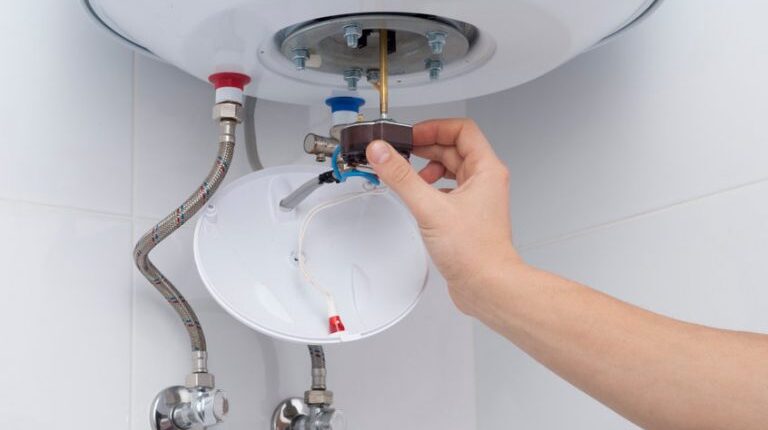Some heating system use fuel combustion as a heat source, while others seem powered by electricity. Another difference the way in which heat reaches indoor spaces; while some systems heat indoor air directly, others use an intermediate fluid like water or steam.

Components and Controls
Installing a Central heating system in your home seem a big undertaking, but it is one that should stay understood. Understanding the components of your central heating system and how it all works will help you seek help and advice when needed. Below see a list of the main components you will find to make up your central heating system:
Heat Exchange
Because the burner sealed, the heat exchanger necessaryly to contract the heat generated by the burner through the combustion chamber.
Boiler
The boiler seemed the main component of a central heating . They come in many sizes and will deliver various amounts of heat energy, fuel types and energy ratings. The amount of heat energy (measured in kilowatts or kW) a boiler required to deliver through the home based on a series of calculations carried out by one of Central Heating’s technicians.
Underfloor Heating System
Underfloor heating a set of plastic pipes that are often run under a solid concrete floor surface and use the floor itself to heat the room, by radiating heat upwards.
Furnace Burner
The heat created by a furnace generated in the burner. For example, natural gas ignites to create heat in a sealed combustion chamber and receives air from a vent to the outdoors. The sealed chamber protects you from the poisonous exhaust fumes created in the burner.
Expansion Vessel
This is used in a sealed central heating system to control expansion in the pipes and radiators. As the water is heated its volume increases by about 4%, the expansion vessel designed stop parts of the system from bursting.
Expansion Recife Valve
This valve is also part of the ‘sealed’ heating system. It designed to operate if there is a problem with the expansion vessel or the system is over pressurised. This operates to remove pressure from the system.


